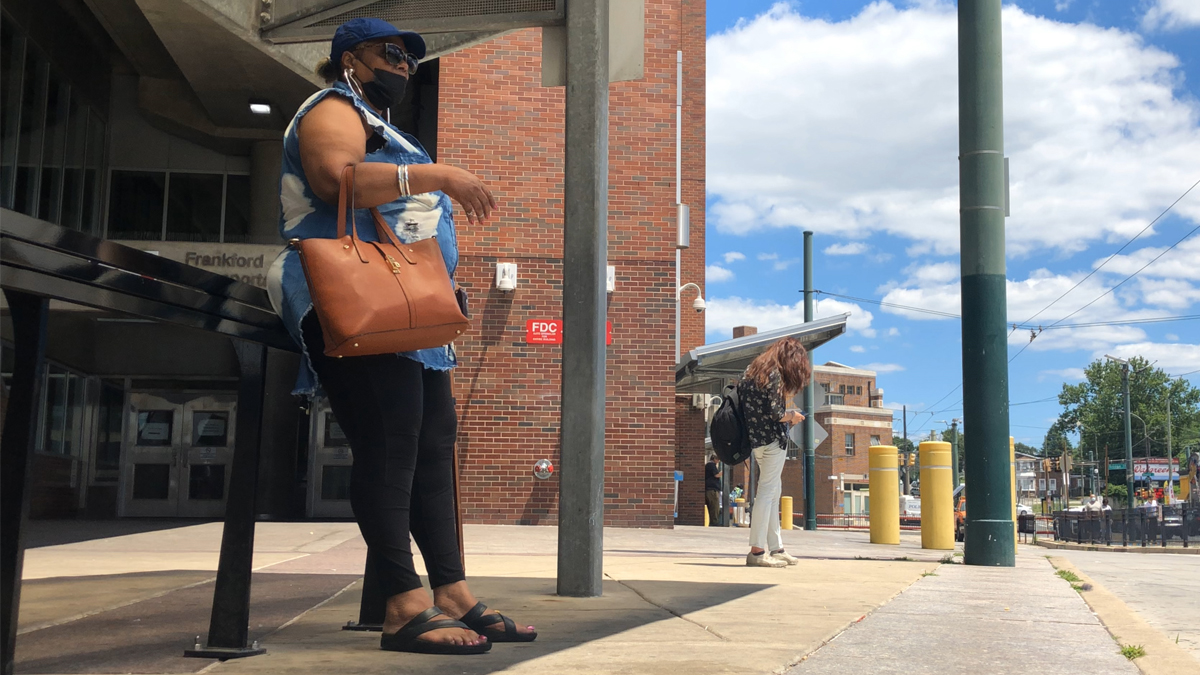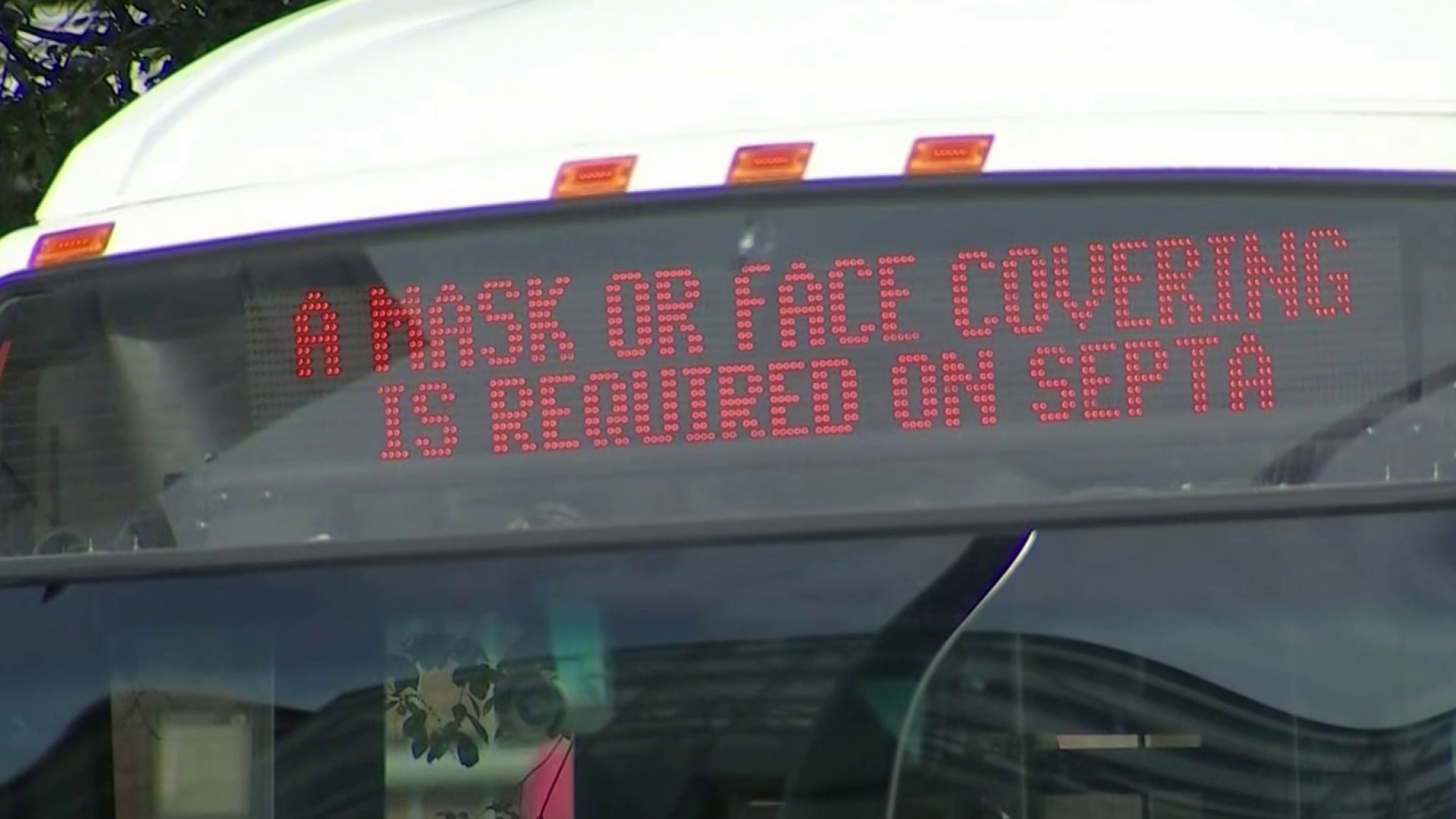SEPTA’s Regional Rail isn’t what it was pre-pandemic. And it isn’t headed back to the same level of service any time soon.
As commuters are slowing trickling back to Center City offices this summer, the transit agency is trying to get creative, solving for a new way of working and trying to connect the rails to city buses and trollies.
Regional Rail's ridership dropped to non-existent during the deadliest months of the coronavirus in 2020, and is now at about 20% of pre-pandemic levels.
When SEPTA last week approved its new budget for the fiscal year starting July 1, the agency said Regional Rail trains would return, after Labor Day later this summer, to 60% of the service that was running before March 2020. The system is currently operating on a modified Saturday schedule, and has been for a few months.
Get Philly local news, weather forecasts, sports and entertainment stories to your inbox. Sign up for NBC Philadelphia newsletters.
Trains may eventually get up to 80% of pre-pandemic service, but that's not a given.
"It’s definitely not going to come back looking the same as before the pandemic," SEPTA spokesman Andrew Busch said Monday. "We still have to do a lot of tracking of people coming back to office buildings, talking to employers who are looking to bring people back, to see what that demand is going to look like."
SEPTA's 14 Regional Rail lines are the connections between Philadelphia's downtown, where many thousands of people work, and the suburbs of southeastern Pennsylvania, where many of those workers live.
"It’s definitely not going to come back looking the same as before the pandemic."
SEPTA spokesman Andrew Busch
It was the hardest-hit of the transit agency's modes. The City Transit Division, for instance, which includes SEPTA's buses, trolleys and subways, is already back to about 80% of ridership levels before the pandemic. It will have 96% of its service restored by September, Busch said.
Regional Rail has long been a companion to Philadelphia's mass transit when it should have been married into the system all along, according Tony DeSantis of the Delaware Valley Association of Rail Passengers, which is a group representing riders' interests.
"If the Regional Rail system is going to fulfill its promise, it really needs to be fully integrated fare-wise," DeSantis said. "It’s always been like two systems. There was the Regional Rail and there was the rest of the system. That really does need to end."
Here are some ways that SEPTA is giving riders more options on the Regional Rail lines, and how the integration of its Key fare technology is finally playing a role in combining the whole system.
Three-Day Regional Rail Passes
SEPTA now offers flexible-use three-day passes for $36 that riders can purchase and load onto a Key card. The pass can be used on either consecutive or non-consecutive days. It was introduced in October, and aligns with commuters who will no longer need to ride five days a week into Center City for work.
The price tag is cheaper than weekly transpasses, particularly riders coming from farther suburbs. The three-day pass also allows riders to use buses and subways once they are in Philadelphia.
"There may be more of an immediate demand from people with telework more now," Busch, the SEPTA spokesman, said. "It’s a discount versus what they would get with a weekly pass."
Load Single Rides onto SEPTA Key
Before the pandemic, the occasional SEPTA rider had no reason to get the Key card, the fare technology that allows for tap-on, tap-off use of the transit system. The card previously could only be loaded with weekly or monthly passes for Regional Rail riders.
Now, every Regional Rail rider is incentivized to get a Key card and load money onto it because electronic Key readers have been installed at all 155 stations across the system and the card can be loaded online with money that is deducted every time you ride.
With electronic readers at every station, a rider taps in when they get on the train and tap off when they arrive at their destination. The Key automatically deducts the fare.
Train Service Adjusted to a Post-Pandemic World
SEPTA is going to use the rest of 2021 and the start of 2022 to gather data on when and how often riders use the system, Busch said.
That will allow the transit agency to figure out if Regional Rail train schedules should be adjusted in a way that differs from the pre-COVID, rush-hour-centric world.
DeSantis, of DVARP, said the pandemic sped up what has been happening for a while now: a change in the way people work and its effect on commutes.
"This is something people have been predicting this a long time and this has accelerated the process," he said.



